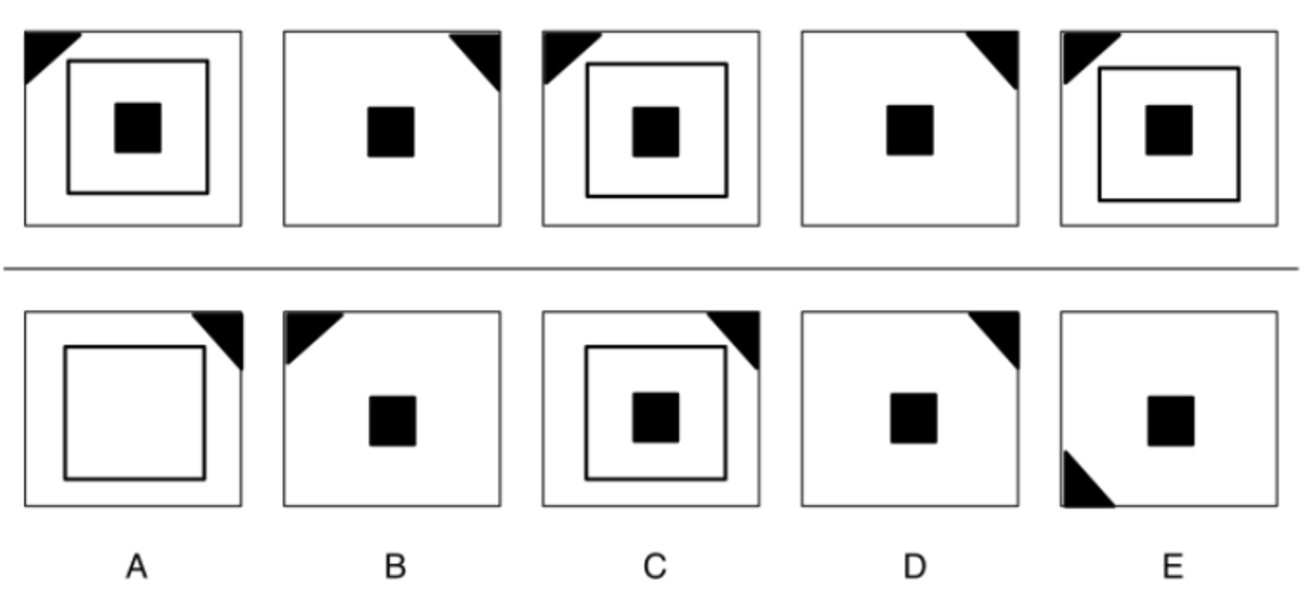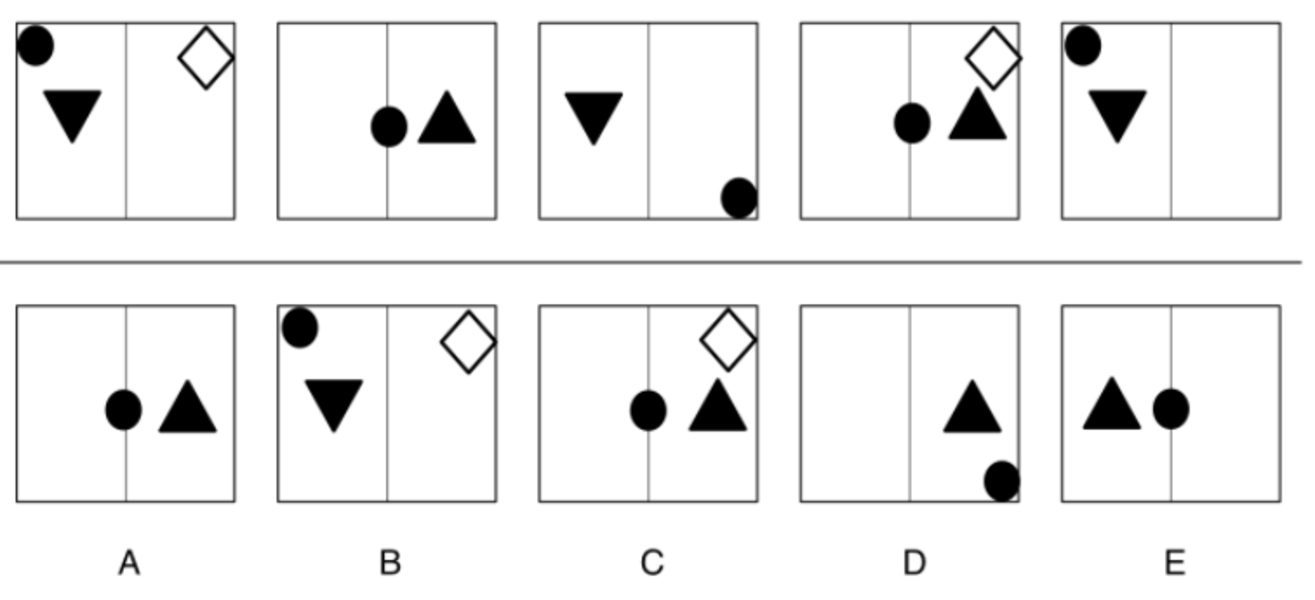What is spatial reasoning?
Spatial reasoning is the ability to think about objects in both two and three dimensions, and visualise the movement of those objects or deduce patterns between them. Spatial reasoning skills are a critical part of science, art, and math. Spatial reasoning can be improved with practice.

Spatial reasoning tests prove helpful in assessing a candidate’s capacity to interpret two and three-dimensional shapes. The employer will judge your ability to identify patterns or relationships between these shapes.
These tests allow you to visualise two and three-dimensional images in your mind, and mentally manipulate these images into the shape that you want.
The tests are frequently used by employers to evaluate technical and engineering job seekers and are largely conducted in technology sectors and in the military.
What are the types of spatial reasoning tests?
Every spatial reasoning test will contain a variety of different questions, all designed to test your ability to visualise and manipulate images in their 2D and 3D shapes.
Have a read through these common types of questions and try a few out for yourself. It’s a great way to familiarise yourself with what you’ll need to know how to do, before taking a full mock test.
Shape matching
The shape matching or visual comparison questions will require you to examine two groups of different shapes in different layouts and rotations, before matching those that are the same.
It’s essentially a game of ‘pairs’ played at high speed, and it shows how comfortable you are with visualising two-dimensional objects.
A key thing to watch out for is reflected images, which are incorrect and often put in the test to make it extra challenging.
Group rotation
Mentally rotating shapes is one of the things you’ll need to demonstrate an aptitude for in the spatial reasoning test, either in two or three dimensions.
You’ll be shown a shape, and then lots of possible alternative views of the same shape — your job is to select the correct one.
Often the shapes will have an identifying marker such as a dot or square; the placement of the marker is important as it ultimately determines which answer is correct.
Cube views
You’ll be presented with three different views of a three-dimensional cube, with shapes or symbols on each face. You’ll then be asked questions about the symbols on the faces, to assess how capable you are at visualising shapes from all angles.
Mirror images
Just as it sounds, these questions require you to find the mirror image of the two- or three-dimensional shape you’re presented with.
If you find these questions tricky, it’s often possible to use logic to discount several possible answers quickly, leaving you with fewer potential correct answers.
Combining two-dimensional shapes
In this type of question you’ll be shown lots of 2D shapes, one of which has been cut up into pieces. You’ll be asked to look at the pieces and then work out which shape the pieces fit together to make.
Block counting
You’ll see a series of cubes made from blocks (but you won’t be able to see all of the blocks). The challenge is to work out how many blocks have been used to make the shape.
You’ll need to count blocks you cannot see, which is another means of testing your spatial reasoning ability.
Maps
Designed to assess your ability to take instructions and follow a map, these questions usually take the form of a two dimensional map or plan which you’ll be asked to navigate.
If you have a good sense of direction you may not find these questions challenging, but the trick here is to be accurate even under tight time pressure.
How to develop your spatial reasoning skills
Acing the spatial reasoning test always comes down to how well you’ve practised and prepared.
First, have a go at a free spatial awareness test. This is the best way to familiarise yourself with the question formats, the skills you’re being tested on and the speed at which you need to work.
Once you’ve had an initial go, make sure you do the rest of the tests in exam-style conditions to get used to working against the clock and in silence.
Once you’ve finished a test, go back through your answers and see how you’ve done. It’s important to give yourself credit for any correct answers, but it’s even more important to identify your weak spots.
For example, if you struggle with mirror images and don’t tend to get these questions right, you should dedicate extra time to working on them. You could also find alternative ways to get better at the questions, such as drawing shapes with a physical mirror to boost your ability to visualise reflections.
As well as improving your understanding, speed and accuracy, practising mock tests also helps to instil confidence that can be very useful if you’re feeling a little nervous on the day.
Enhancing your spatial reasoning skills through practice tests is a proven strategy for improvement. Reflecting on completed tests to identify areas of difficulty and focusing on those areas can significantly enhance your proficiency. Engaging in activities that simulate test conditions helps build the necessary skills and confidence to excel. Remember, consistent practice not only sharpens your abilities but also reduces test-day anxiety, making you more prepared to tackle the challenges of spatial reasoning assessments.














